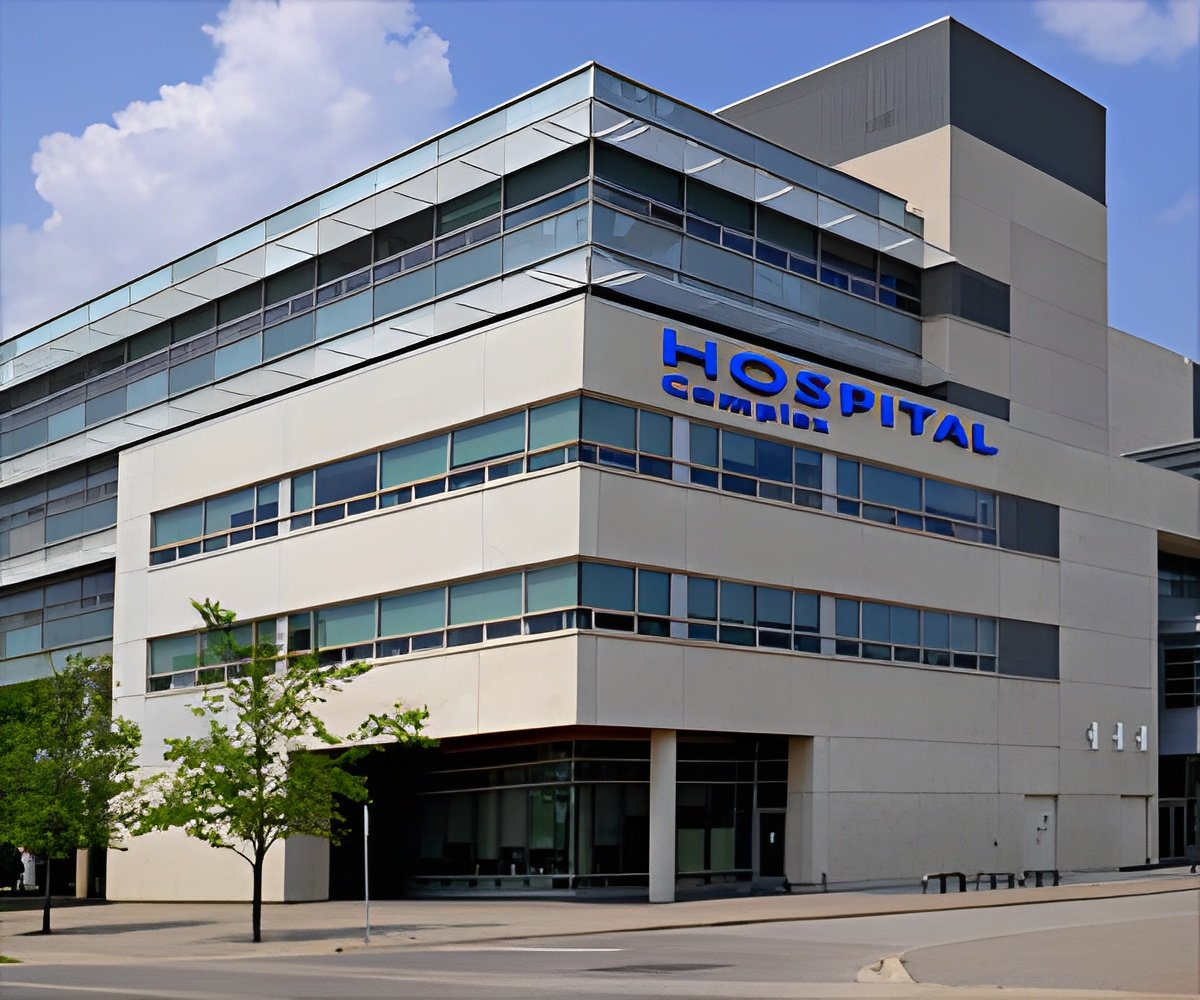When people with chronic health problems couldn't get around town to their doctors' appointments, a Johns Hopkins program brought the appointments to them.

‘The complex health and social needs of an urban community pose many challenges in the delivery of high-quality care.’





J-CHiP had two components: one community-based and one acute-care based. The acute-care based program targeted the 40,000 adult patients admitted annually to The Johns Hopkins Hospital and the Johns Hopkins Bayview Medical Center. Those patients were screened for risks of hospital readmission. The community-based component scored 2,000 Medicare and 1,000 Medicaid patients on their risk of hospitalization. The community-based program centered on community health workers — specially trained neighborhood residents — who helped identify “super users” of health care in the area and intervene. People who used the emergency department frequently, as well as those identified as high risk for hospital admission, were the program’s main targets.
Reducing hospital readmissions is a goal of government, payers and hospitals alike. Many government and private insurance payers are now refusing to pay for second hospital stays for the same condition. Thus, many hospitals are devising strategies to get patients more engaged in their own care, keeping them healthier and out of the hospital.
"The complex health and social needs of an urban community pose many challenges in the delivery of high-quality care," says Berkowitz, who led the study. "We've learned a lot over four years, and we look forward to learning even more, as the data rolls out in the months to come."
In the J-CHiP model, community health workers, paid by the grant, helped super users break down their barriers to paying regular visits to primary care providers. In addition to a community health worker, each super user was assigned a custom team of physicians, nurses, pharmacists and social workers. And finally, J-CHiP worked with skilled nursing facilities on standardizing transitions and keeping patients engaged and motivated.
Advertisement
Patients also faced barriers like unstable housing situations and an inability to pay for medicines or care. J-CHiP provided social workers, pharmacy assistance programs and pre-programmed mobile phones to patients who faced critical financial barriers.
Advertisement
In the report, Berkowitz cites Baltimore City Health Department statistics on life expectancy in the city. "The nearly 200,000 residents of East Baltimore, where life expectancy can be as many as 20 years shorter than nearby more affluent Baltimore neighborhoods, face many challenges to health and well-being," he says.
Berkowitz's article includes examples of J-CHiP team members helping patients overcome barriers to care. In one example, a patient with diabetes who made regular visits to her primary care doctor could no longer see well enough to read her insulin prescription. Embarrassed, the patient hid this fact from her doctor, who couldn't determine why her diabetes was so poorly managed.
A community health worker visited the patient and saw the trouble she had measuring her insulin. After switching to a pre-measured pen system for insulin delivery, the patient also got an eye exam. After three months of her new regimen, both her blood sugar and her eyesight improved significantly.
Source-Newswise









